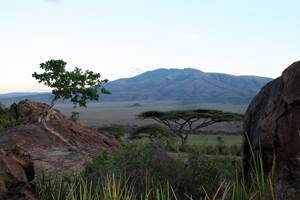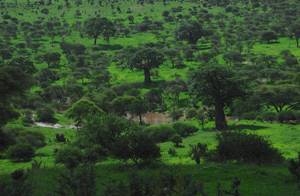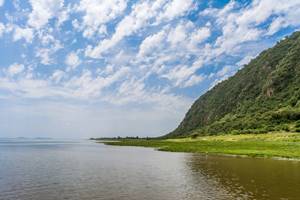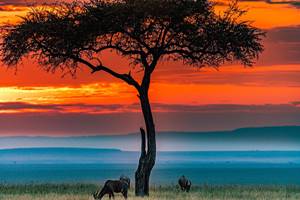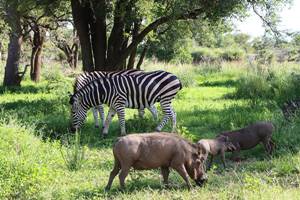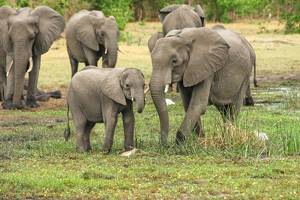Welcome to Ngorongoro, a breathtaking destination nestled in the heart of Tanzania. Known as the “Eighth Wonder of the World”, this extraordinary place is home to one of Africa’s most spectacular natural wonders – the Ngorongoro Crater. This comprehensive travel guide will take you on an unforgettable journey through this UNESCO World Heritage Site, providing you with invaluable information about its diverse wildlife, stunning landscapes, and rich cultural heritage.

Whether you’re an adventure seeker, nature lover, or history enthusiast, Ngorongoro offers a unique experience that will leave you awe-inspired and longing for more.
Exploring the Natural Wonders of Ngorongoro Crater
Nestled in Tanzania’s northern circuit, the Ngorongoro Crater is a captivating destination for nature enthusiasts. This UNESCO World Heritage Site boasts breathtaking landscapes and abundant wildlife. Embark on an unforgettable safari adventure as you descend into the world’s largest intact volcanic caldera. Marvel at the diverse ecosystem that thrives within its walls, including lions, elephants, zebras, and flamingos. Take in panoramic views from the crater rim or venture on foot to discover hidden gems like Empakaai Crater and Olmoti Crater.
Wildlife Safari in Ngorongoro Conservation Area: An Unforgettable Experience
Embarking on a wildlife safari in the Ngorongoro Conservation Area is an unparalleled adventure that promises an unforgettable experience. As you traverse the rugged terrain, be prepared to encounter an astonishing array of wildlife species in their natural habitat.
Witness the majestic lions gracefully roaming the vast grasslands, observe playful elephants bathing in watering holes, and marvel at the graceful movements of giraffes against a breathtaking backdrop.
The Ngorongoro Conservation Area offers a unique opportunity to witness these incredible creatures up close, making it an absolute must-visit destination for any nature enthusiast or wildlife lover.
Practical Tips For Planning Your Trip To Ngorongoro
1. Timing: Consider visiting Ngorongoro during the dry season (June to October) when wildlife sightings are abundant, and the weather is pleasant.
2. Accommodation: Book your stay in advance, as accommodations within the conservation area are limited.
3. Permits: Obtain necessary permits from the Ngorongoro Conservation Area Authority before your visit.
4. Safari Guide: Hiring a knowledgeable safari guide will enhance your experience and ensure your safety.

